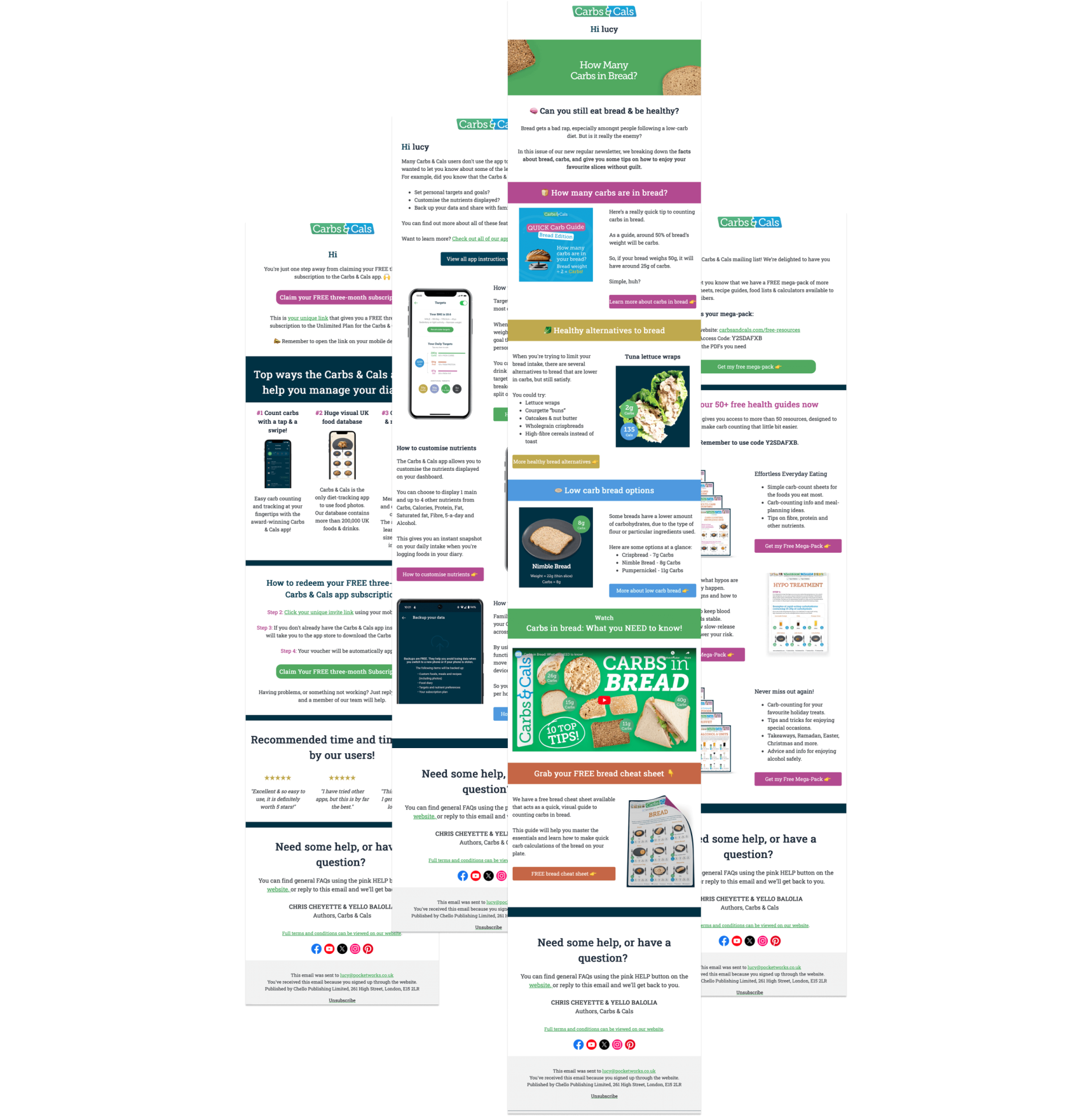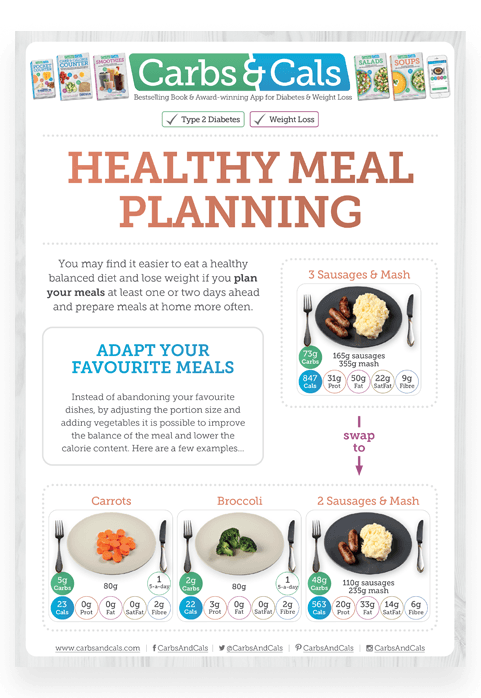Carbohydrates often get a bad reputation, especially in conversations around weight, blood glucose levels and diabetes. But here’s the truth: carbs are not the enemy. They are an important part of a healthy, balanced diet, and the key is knowing which carbs to choose and how they can impact your health.
This blog post aims to dispel some common myths and help you understand how to choose better types and quality of carbohydrates for a healthy, balanced diet.
Why are carbs important?
Carbohydrates are the body’s main source of energy. They’re broken down into glucose and used by our cells for fuel. For people living with diabetes, managing the amount and type of carbohydrates is important to help keep blood glucose levels in range.
But the impact of carbs on your blood glucose doesn’t just come down to grams, it also depends on carb quality and the types of carbs you eat.
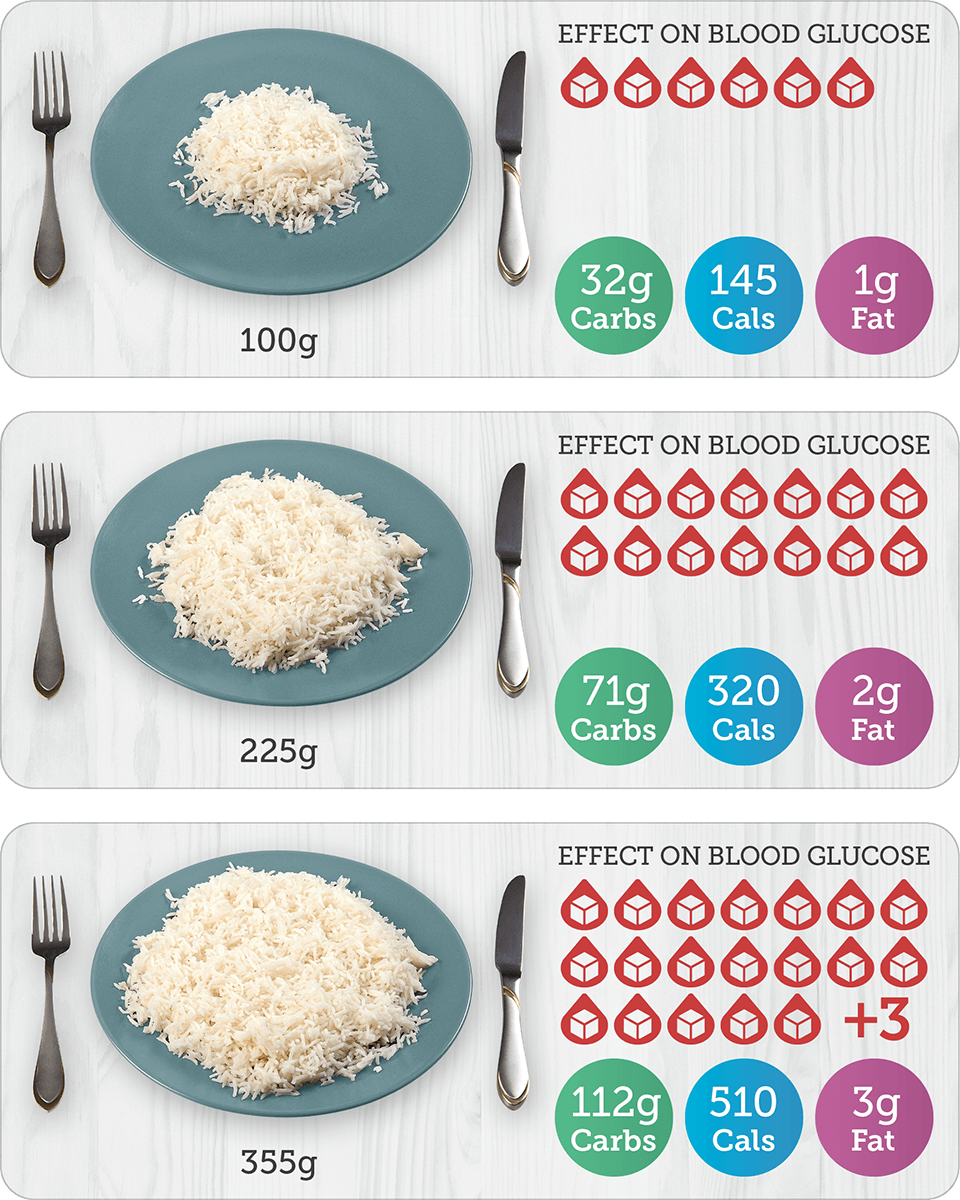
Simple vs complex carbs: A starting point
You may have heard carbs described as simple or complex.
Simple carbohydrates are sugars, either naturally present in foods like fruit and milk or added to foods like biscuits, chocolate and soft drinks. Those that are not naturally occurring, and are added to foods, often cause a fast rise in blood glucose. Whereas natural sugars in food such as fruit and milk generally cause a slower rise.
Complex carbohydrates are starches, found in foods like bread, pasta, rice, and potatoes. They are made up of longer chains of sugar molecules, and the body breaks down many of them more slowly, especially when they contain fibre.
While this is a useful starting point, the carb quality matters as much.
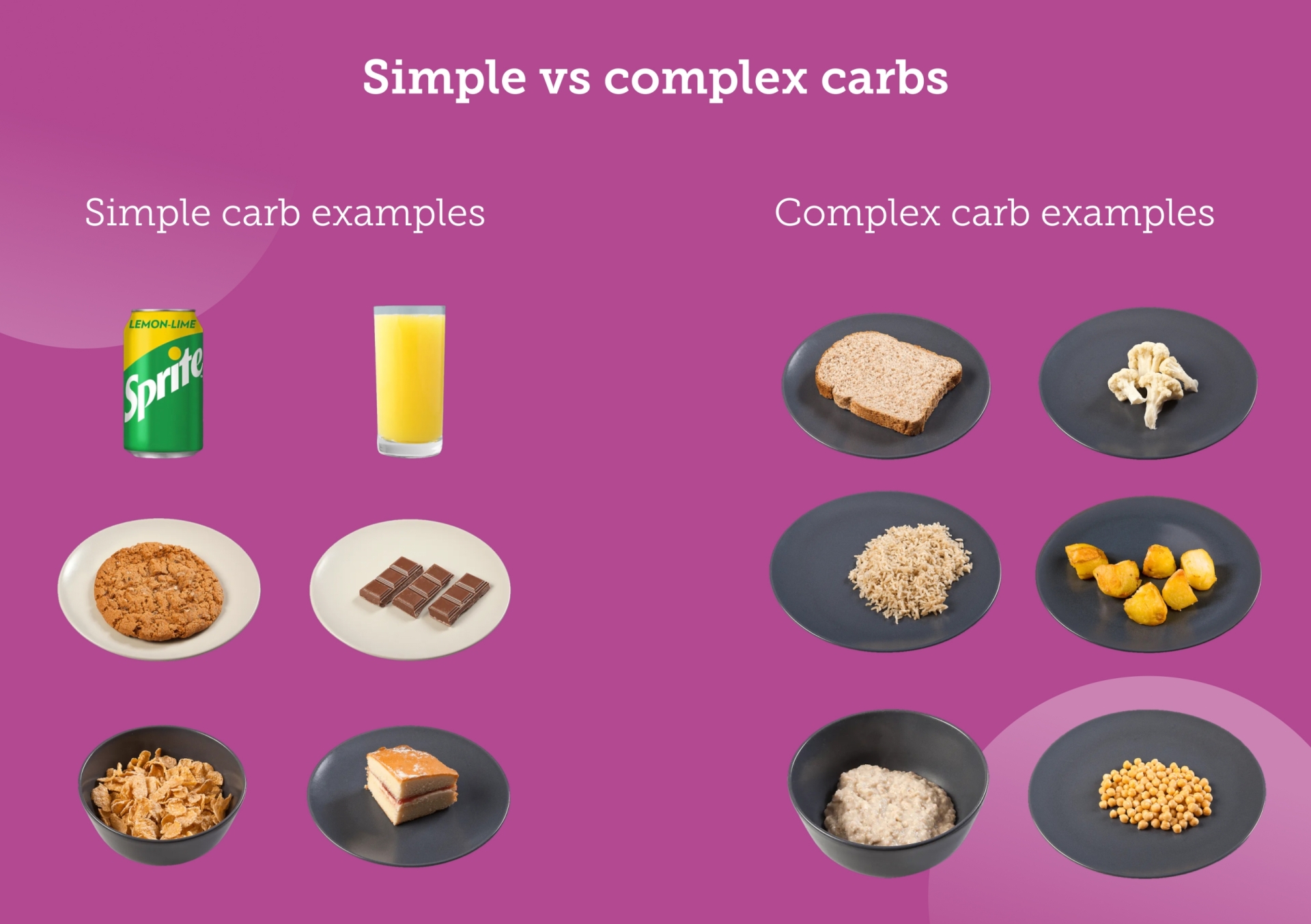
Carb quality: How different foods can affect the body
Let’s look at two meals, both containing carbs:
- 2 slices of white toast with jam
- A bowl of porridge made with oats, milk, and topped with berries and seeds
Both contain a similar amount of carbohydrates, but their effects on your body differ.
The white toast and jam are refined and low in fibre. They are digested quickly and may lead to a sharp rise in blood glucose levels.
The porridge is made from whole ingredients. The oats provide soluble fibre, the milk adds protein, and the seeds contain healthy fats. This combination leads to a slower, more gradual rise in blood glucose and helps keep you fuller for longer.
This is why not all carbs are equal. The quality of ingredients and the combination of foods really do matter.
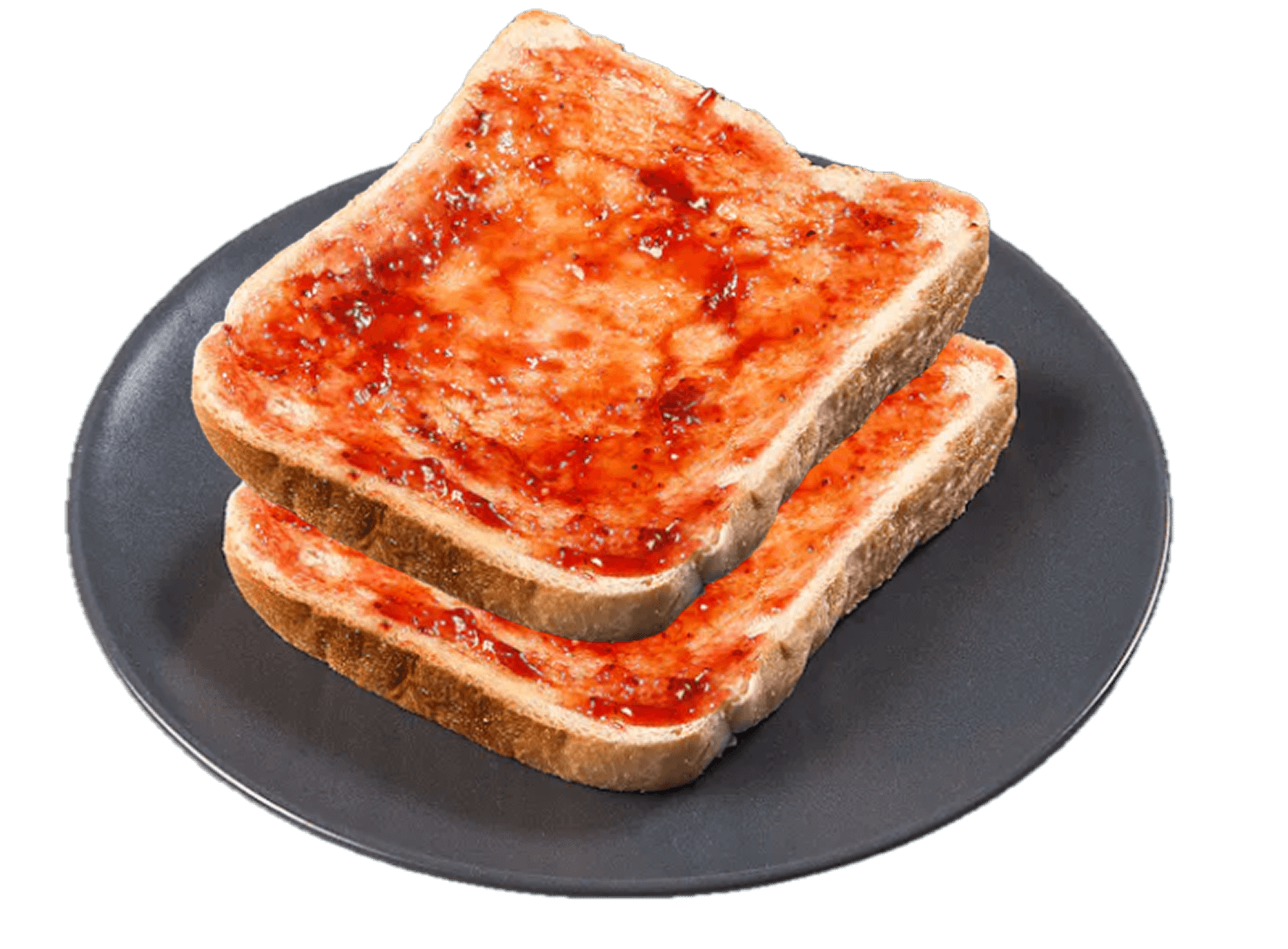
37g
Carbs
White toast with jam & butter
Weight = 66g bread, 10g jam, 10g butter
Carbs = 37g / Cals = 246
Fibre = 2g / Protein = 5g
Fat = 9g / SatFat = 5g
Whole carbs vs refined carbs
Understanding the difference between whole and refined carbs can help you make healthier choices.
Whole carbohydrates
These foods are close to their natural form and still contain fibre and nutrients. Examples include:
- Wholemeal bread
- Brown rice and pasta
- Quinoa
- Oats
- Lentils, beans and chickpeas
- Vegetables and fruit
These foods are generally more filling, support digestive health, and help maintain stable blood glucose levels.
Refined carbohydrates
These foods have been processed, removing much of the fibre and nutrients. Examples include:
- White bread
- White pasta and rice
- Sugary breakfast cereals
- Cakes, pastries and packaged snack foods
Refined carbs are digested quickly and can cause larger spikes in blood glucose. They also tend to be less satisfying, which can lead to overeating.
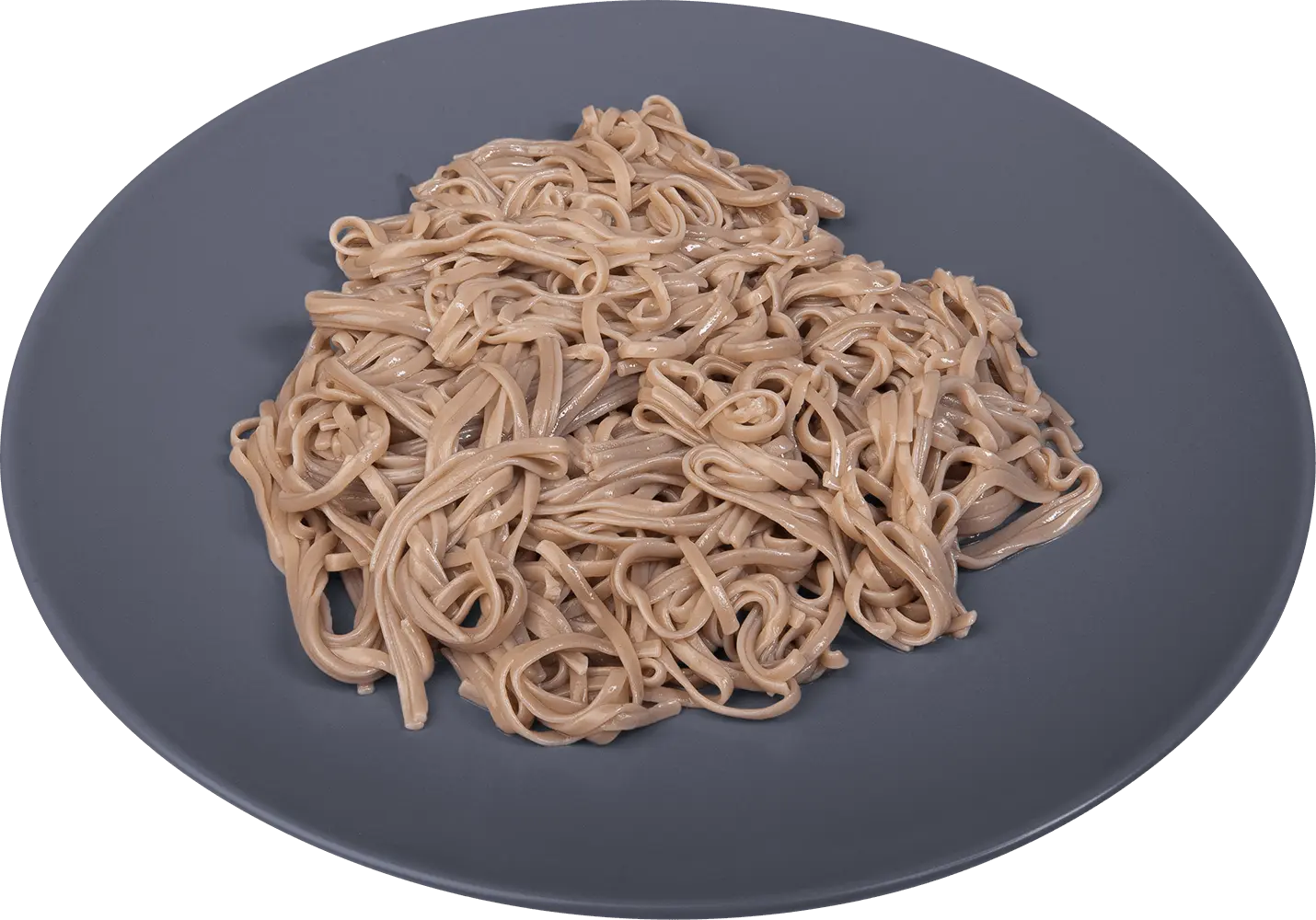
69g
Carbs
Buckwheat Noodles
Weight = 200g
Carbs = 69g / Cals = 372
Fibre = 6g / Protein = 14g
Fat = 3g / SatFat = 1g
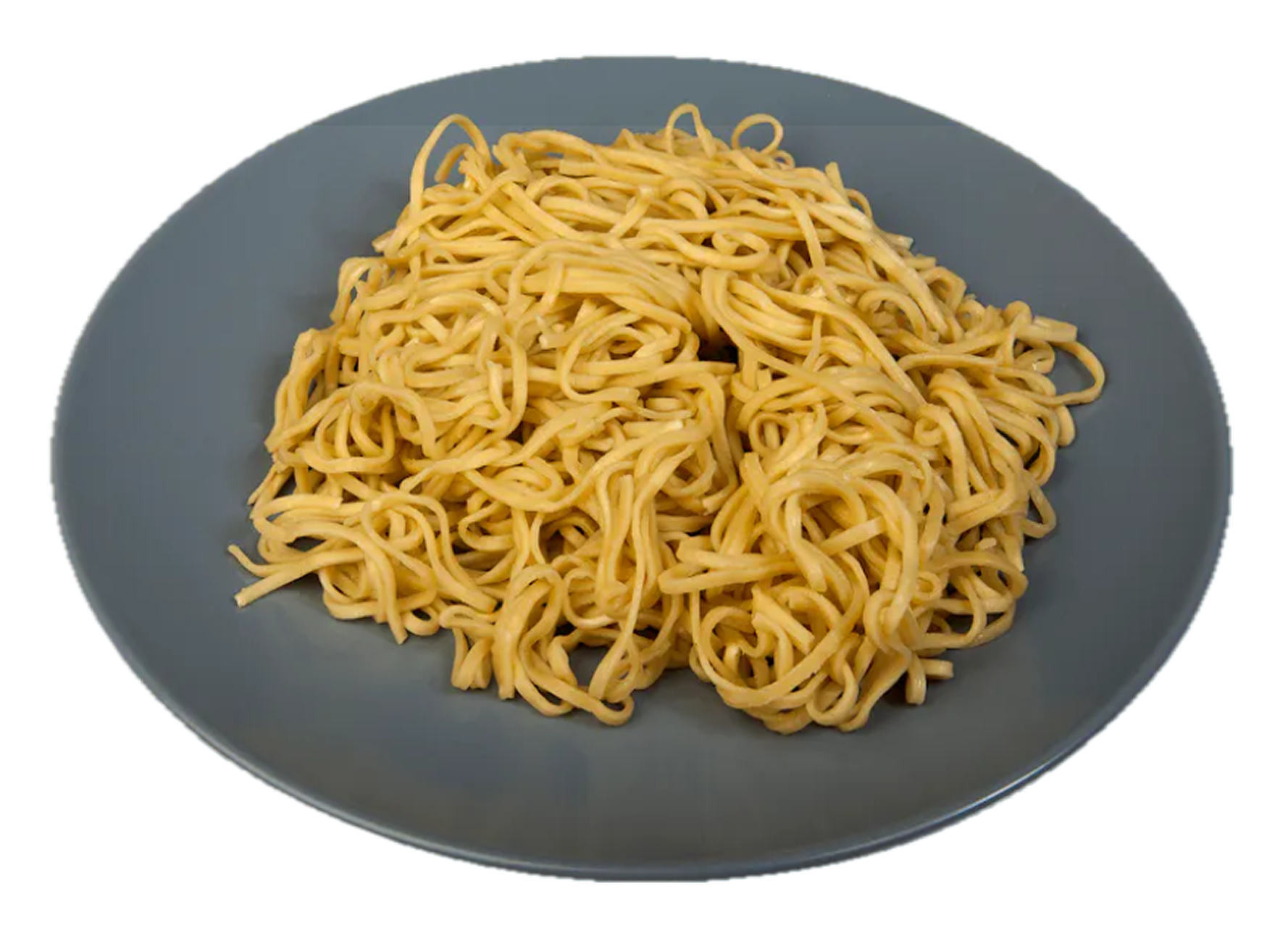
52g
Carbs
Medium Egg Noodles
Weight = 200g
Carbs = 52g / Cals = 261
Fibre = 3g / Protein = 10g
Fat = 1g / SatFat = 1g
What about carbs in sugar?
Free sugars are sugars added to foods by manufacturers or during cooking, as well as those found in fruit juice and honey. These are the types of sugar we should all aim to reduce.
For example:
- A small glass of orange juice contains around the same amount of carbohydrate as a whole orange, but the juice lacks the fibre and leads to a faster rise in blood glucose.
- A bowl of sweetened cereal may have the same number of carbs as a bowl of oats, but with far more added sugar and less nutritional value.
Swapping sugary items for naturally sweet options like fruit, yoghurt or nut butter can make a big difference.
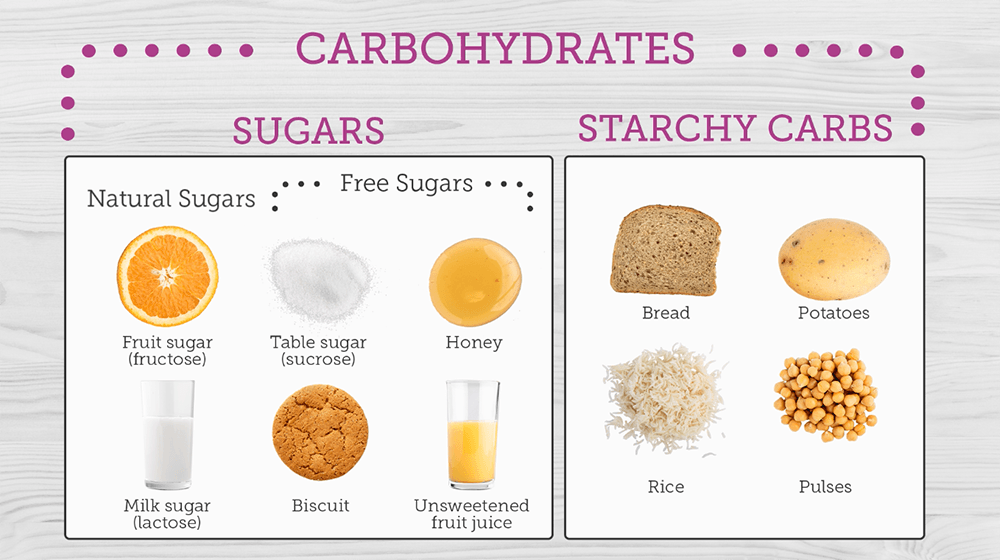
Building a healthy, balanced plate
Here are a few practical tips for choosing better-quality carbs:
- Go for wholegrains like wholemeal bread, brown rice and oats instead of white or refined versions.
- Add fibre wherever you can. Keep the skins on vegetables and potatoes, include beans or lentils in meals, and choose high-fibre cereals.
- Pair carbs with protein and healthy fats to slow digestion and support blood glucose control. For example, add hummus to a wholemeal pitta or peanut butter to oatcakes.
- Limit free sugars by choosing unsweetened options for yoghurts, cereals, and drinks.
- Limit processed foods. Ready meals and packaged snacks are often low in fibre and protein, which can lead to quicker spikes in blood glucose and less satiety.
- Whenever you can, cook more meals from scratch using whole ingredients, and opt for nourishing snacks like a handful of unsalted nuts or a piece of fruit with yoghurt.
- Use the Carbs & Cals app to visualise portions and choose higher fibre options.
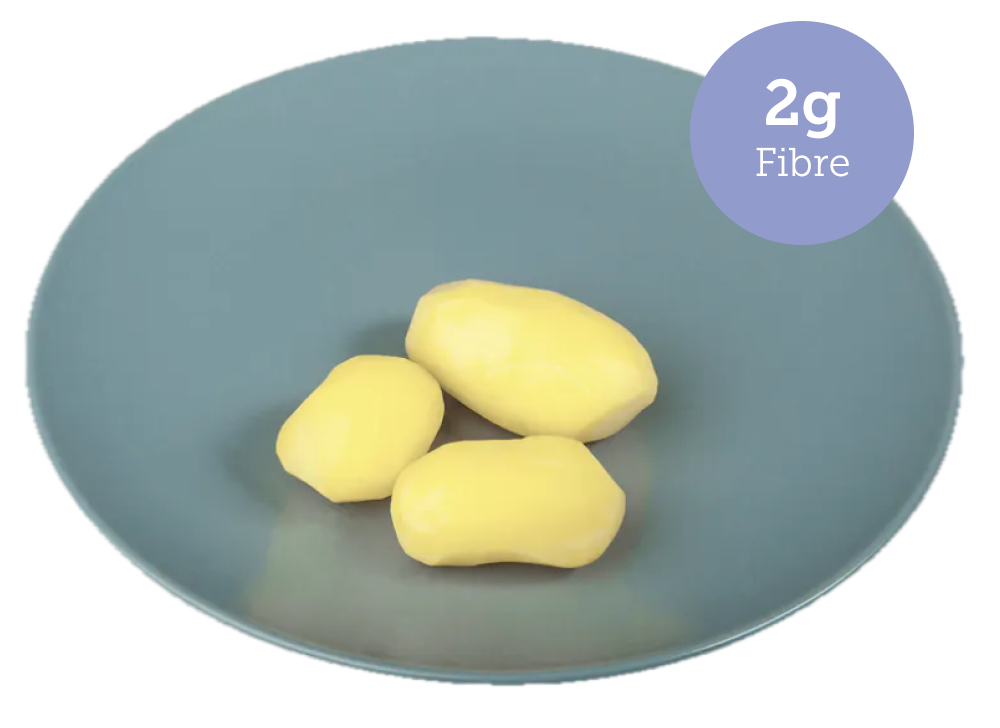
Boiled potatoes
(no skin)
Weight = 150g
↓ SWAP TO ↓
SWAP TO →
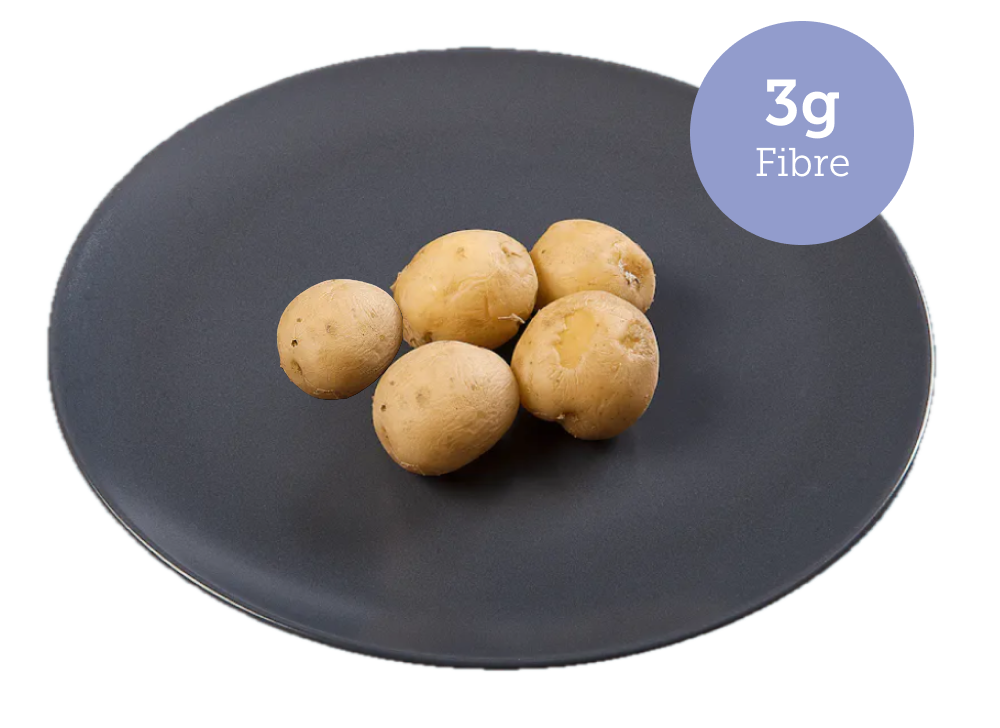
Boiled potatoes
(with skin)
Weight = 150g
Carb quality is essential for a healthy diet
Carbohydrates are an essential part of a healthy diet, including for people with diabetes. The key is not to fear carbs, but to focus on the type and quality of carbs you consume.
By choosing more whole, fibre-rich foods and being mindful of portion sizes and added sugars, you can enjoy carbs as part of a balanced, nourishing diet.
If you’d like to learn more about meal planning for a healthy diet, you can download our Healthy Meal Planning information sheet for free!
Want to Learn More?
Grab a Copy of Carb & Calorie Counter
The multi-award-winning Carb & Calorie Counter book is your definitive, expert-approved guide to carb and calorie counting.
- Over 1700+ high-quality food photos
- Up to six portion sizes per food
- At-a-glance carbs and key nutrients
- The Original #1 Bestseller
With the “Carb-Counting Bible”, a single flick of the page is all you need to plan nutritious, carb-counted meals.
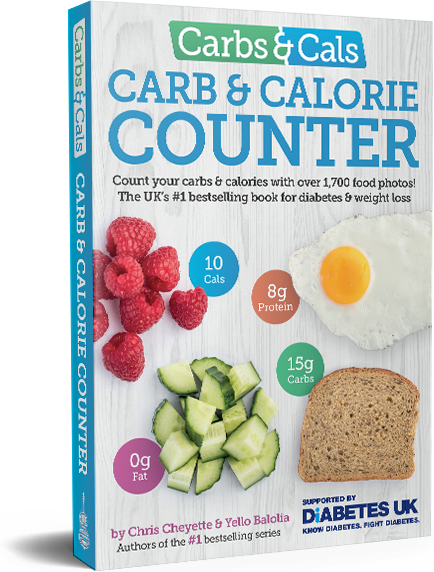
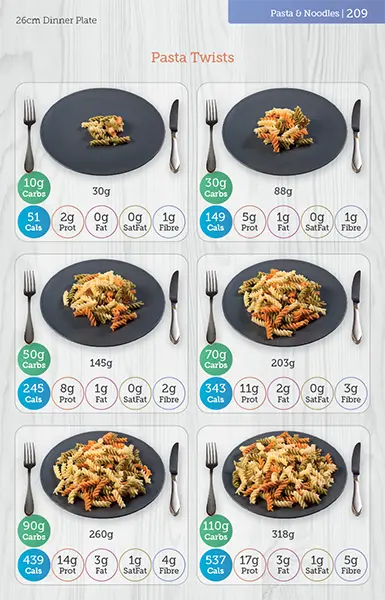
Contains hundreds of food photos that makes carb counting simple!
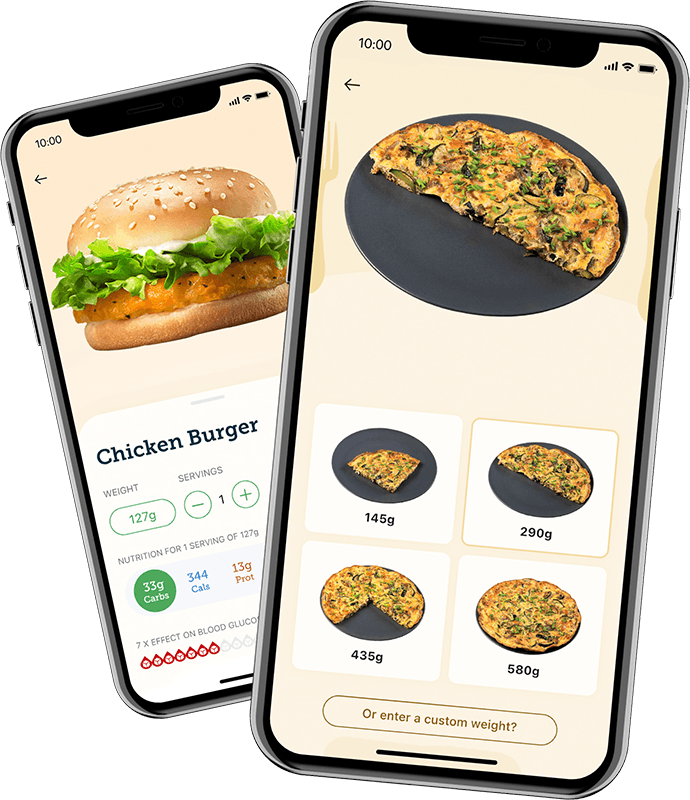
Sign up to the Carbs & Cals mailing list
Want to learn more about carb counting and the role of food in managing your health? Sign up to our mailing list!
